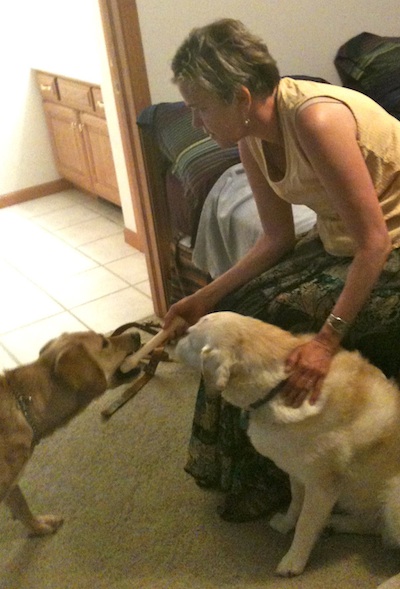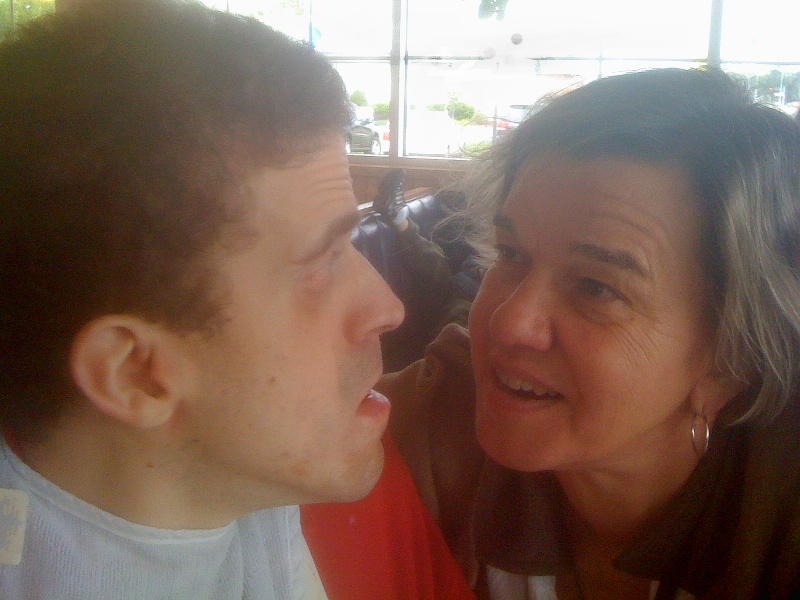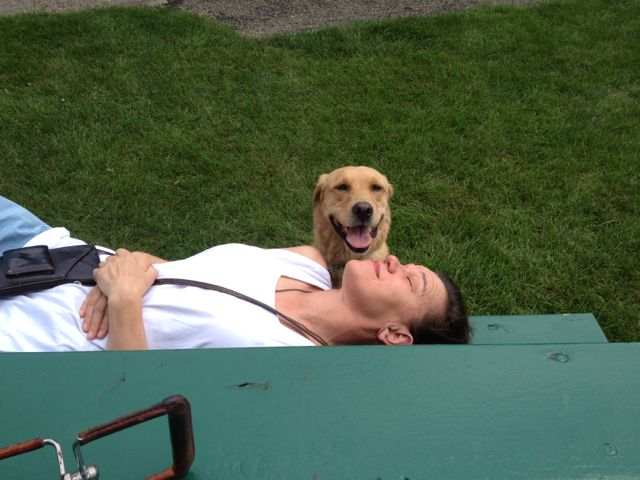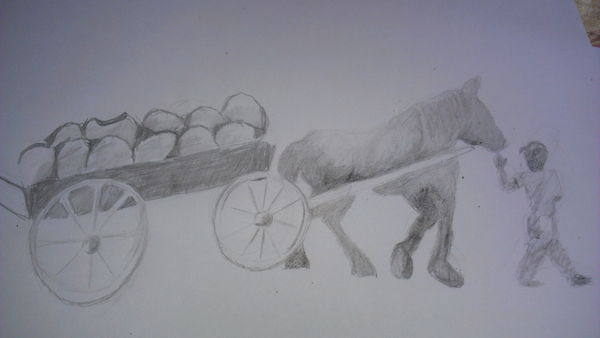Inspired by Jay Cutler
September 6, 2014 • 8 Comments • Posted in Beth Finke, blindness, UncategorizedThe Bears open their season at Soldier Field today, and though I’m not much of a football fan, I’ll be cheering on Chicago quarterback Jay Cutler. He was 25 and quarterbacking for the Denver Broncos when he was diagnosed with Type I diabetes, joining a team of 2 million other Americans like me who live with the chronic disease every day.
 Diabetes is a difficult disease to understand, in large part because of the two different types. Type I is the one that was formerly known as juvenile diabetes, Type II used to be called adult onset diabetes, and both diseases have to do with insulin, which helps move sugar from the blood into cells for energy.
Diabetes is a difficult disease to understand, in large part because of the two different types. Type I is the one that was formerly known as juvenile diabetes, Type II used to be called adult onset diabetes, and both diseases have to do with insulin, which helps move sugar from the blood into cells for energy.
A person who has Type II still has a pancreas that produces insulin, but in some cases because the person has a poor diet and/or is overweight, their pancreas just can’t keep up. In others, people develop a kind of insulin resistance which limits the effectiveness of insulin. Many of the people diagnosed with Type II diabetes can improve the condition (even reduce or eliminate the need for insulin injections altogether) by watching their diet and exercising.
A person diagnosed with Type I diabetes has a pancreas that doesn’t work at all — it doesn’t produce any insulin. No matter what we do (exercise, diet, whatever) our bodies will not make insulin. We either have to take multiple injections of insulin throughout the day, or wear an insulin pump.
There is no behavior that causes Type I–it’s an autoimmune disease — some trigger wrongly tells the body to attack the cells that produce insulin. It usually occurs in childhood. I was diagnosed when I was seven years old, long before short-acting insulin, home blood glucose monitors or insulin pumps came on the scene. In recent years it has become increasingly common for people Cutler’s age or older to be diagnosed with Type I, and thanks to advances in care of Type I, we can test our blood sugar levels regularly at home and give ourselves insulin throughout the day to match our food intake and exercise levels. The more we test our sugar levels, the easier it is to walk the tightrope between high and low blood sugars.
It’s never a walk in the park, though, and I cannot imagine what it must be like for someone to walk that tightrope with millions of people watching TV as he fends off 300+-pound gorillas rushing to knock him down. In an interview in Diabetes Forecast magazine, Cutler was asked how he uses a blood glucose monitor to check his blood sugar level on game days. His answer:
I check my blood sugar about four or five times before the game—try to stay around 150 to 160 [mg/dl] before kickoff. Most of the time, I prick my finger every time we come off the field, especially in the first half.
When asked if he worried whether his teammates, the media, or fans might blame his Type I diabetes as a reason for poor performance, Cutler said he didn’t want sympathy, he just wanted to be judged like every other quarterback. “But living with diabetes in the public eye does make it harder,” he said, conceding that if he goes out and has a bad game, some people might assume it’s because of his blood sugar numbers. “I just try not to worry about it and go out and play my game.”
A short YouTube video shows Cutler visiting with kids in a hospital who have just been diagnosed with Type I. He figures if kids meet him and then see him on TV playing football, they’ll realize that Type I doesn’t have to stop them from doing what they want to do. They’ll just have to learn to manage the disease, and be good with numbers. Like #6
.



